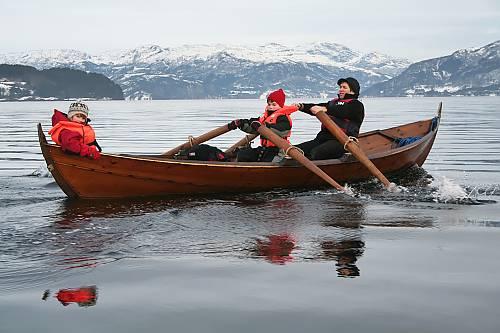The origin of Lisbon, capital of Portugal, is shrouded in mist. The name itself comes from “Allis-Ubo,” meaning safe harbour. The city had been occupied by many invaders until the Crusaders conquered Lisbon in 1147. It is the oldest city in Western Europe.
UNESCO lists five items as cultural activities that are representative of the country’s Intangible Cultural Heritage of Humanity. The one many people know about was the first Portuguese treasure to be put on the UNESCO list: Fado, the “urban popular song of Portugal.”
Fado
Fado incorporates music and poetry and “represents a Portuguese multicultural synthesis of Afro-Brazilian sung dances, local traditional genres of song and dance,” and the musical traditions brought by wave after wave of internal immigration as well as the cosmopolitan songs of the early 19th century, according to UNESCO. The songs are usually performed by one person, either male or female, accompanied by an acoustic guitar and a “guitarra,” a pear-shaped cittern with 12 wire strings unique to Portugal.
The instruments have been expanded to include two Portuguese guitars, a guitar, and a bass guitar when fado is performed professionally, although this soulful music is also performed in small “fado houses” in Lisbon. It is seen as a symbol of Portuguese identity.
Mediterranean Diet
The next to be included on UNESCO’s list is one shared by other countries—it is the Mediterranean Diet, also included in the list covering Cyprus, Croatia, Spain, Greece, Italy, and Morocco.
This way of eating involves a set of “skills, knowledge, rituals, symbols and traditions concerning crops, harvesting, fishing, animal husbandry” as well as conservation, processing, cooking and the way families get together to eat. Eating together is “the foundation of the cultural identity and continuity of communities throughout the Mediterranean basin.”
The Mediterranean way of eating emphasizes hospitality, “neighbourliness, intercultural dialogue, and creativity,” UNESCO says. It is a way of life that respects diversity and plays a vital role “in cultural spaces, festivals and celebrations, bringing together people of all ages, conditions and social classes.”
It is interesting to note that it includes the “craftsmanship and production of traditional receptacles for the transport, preservation and consumption of food, including ceramic plates and glasses.” Markets play a role as “spaces for cultivating and transmitting this way of eating during the daily practice of exchange, agreement, and mutual respect.”






